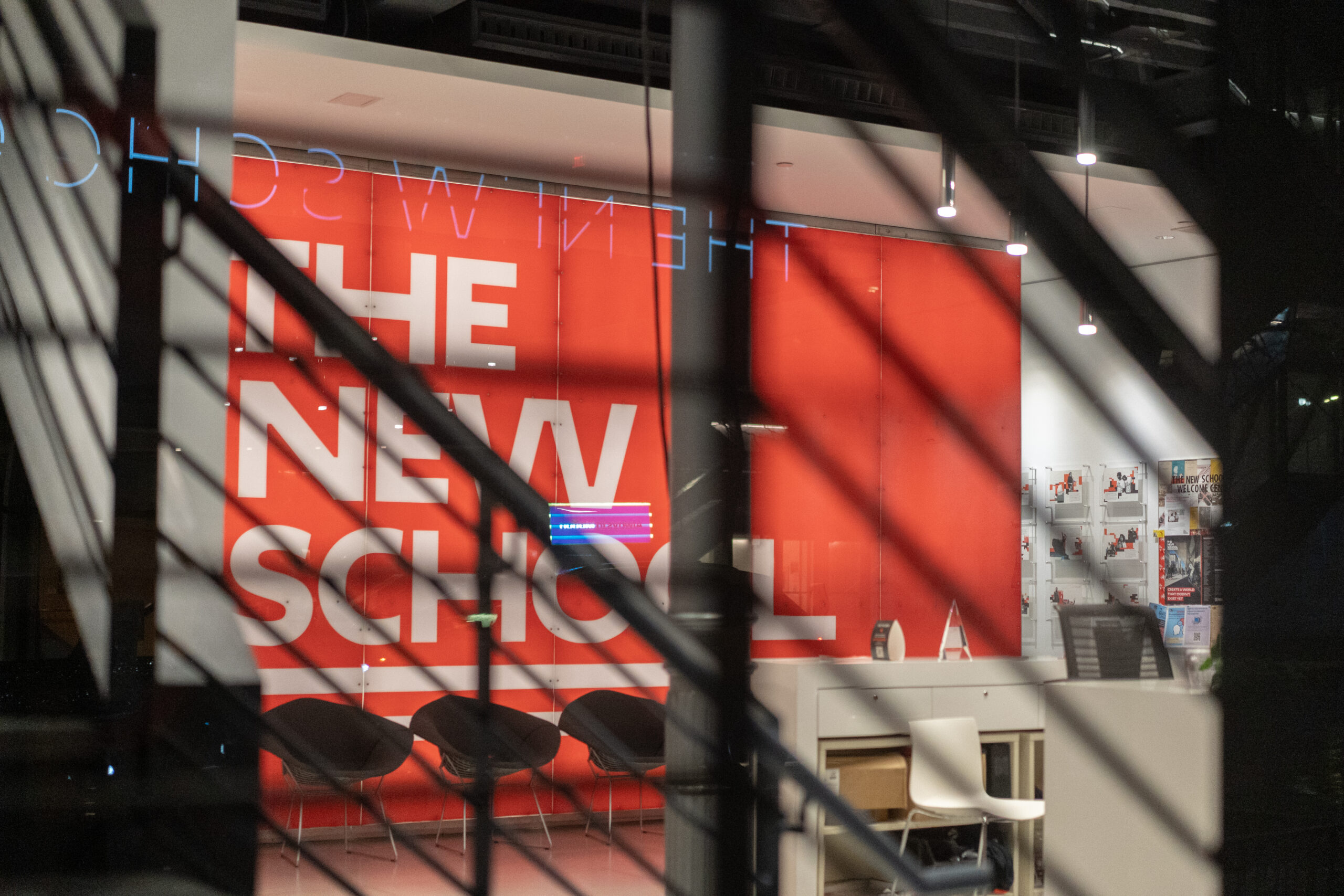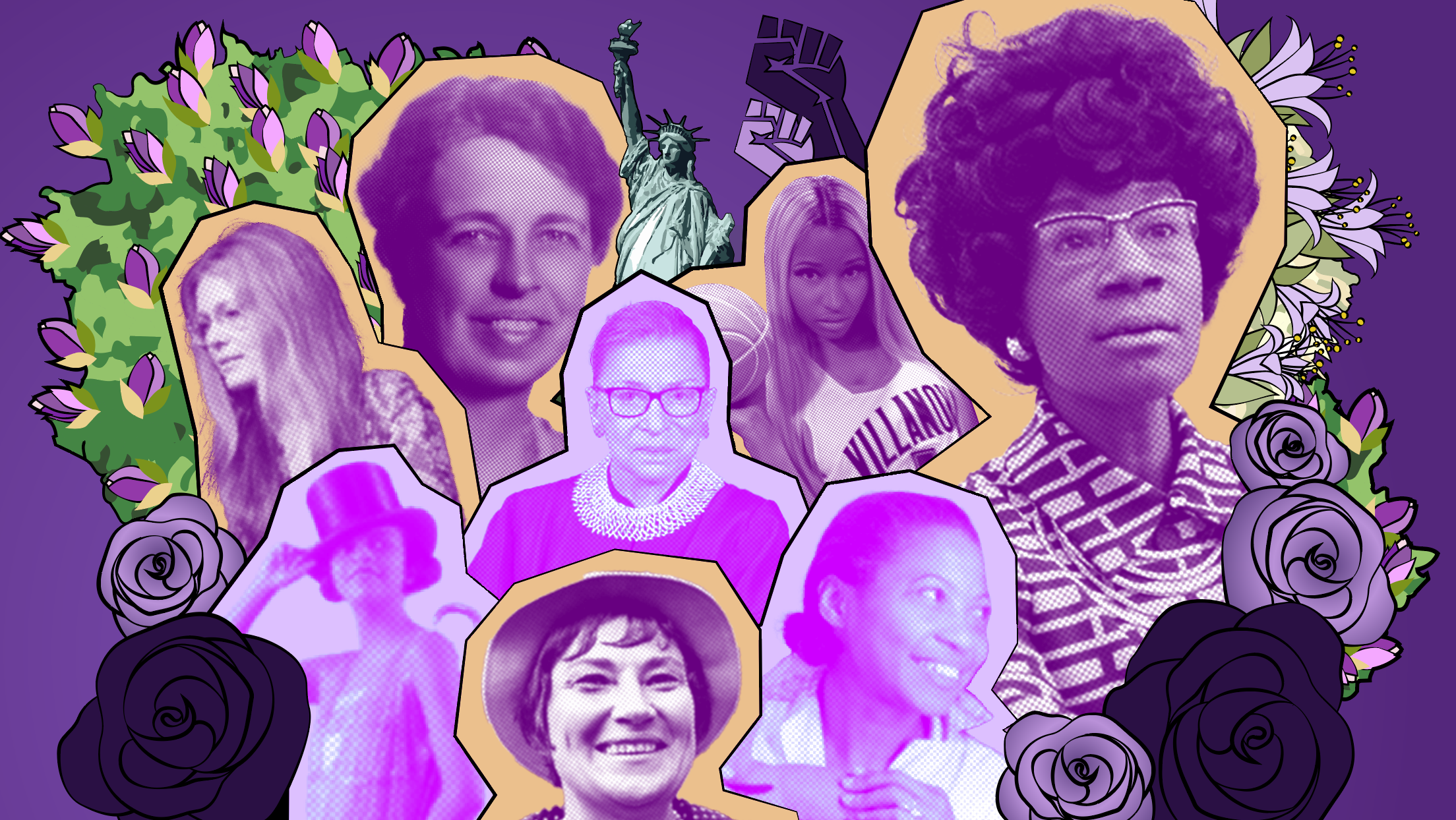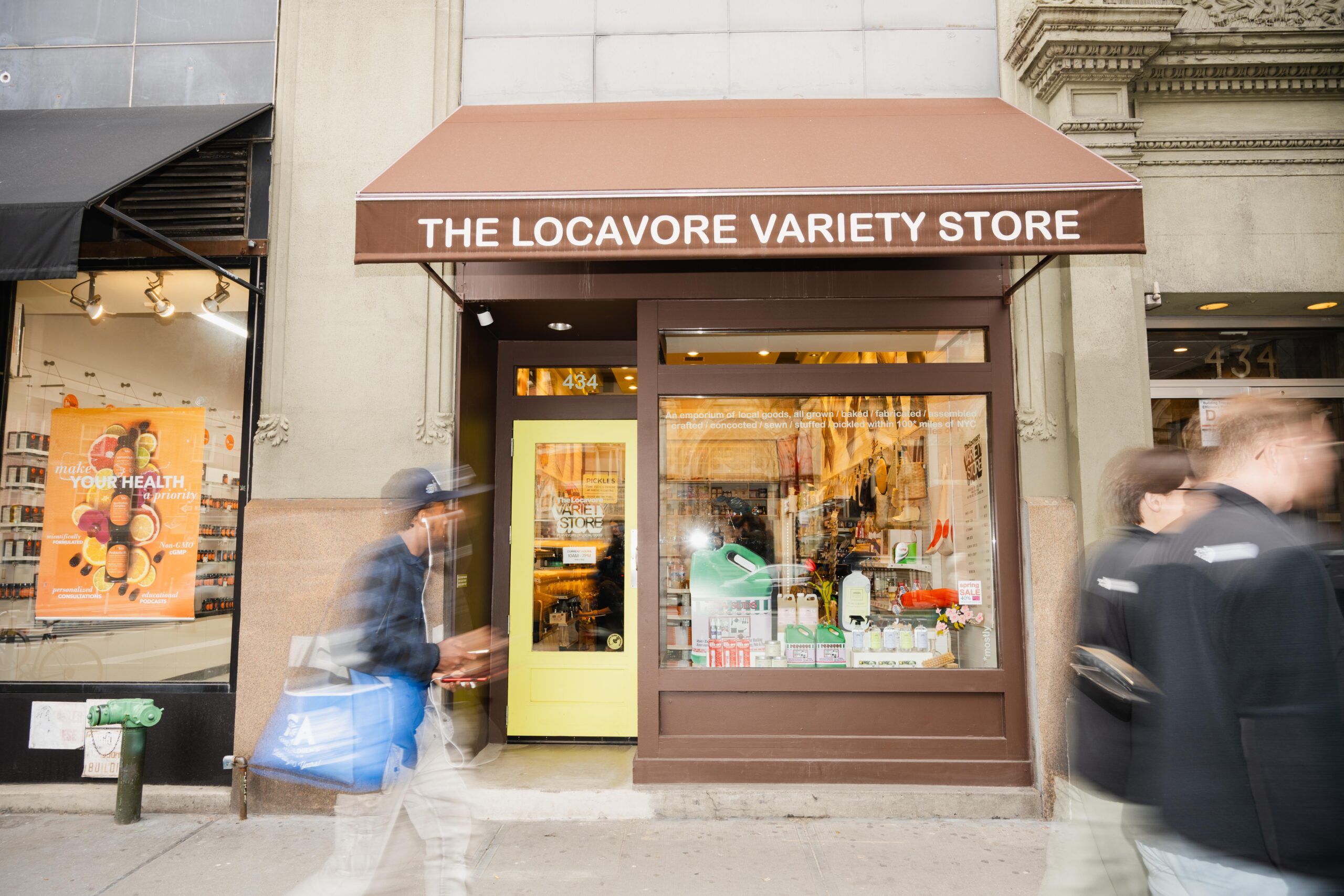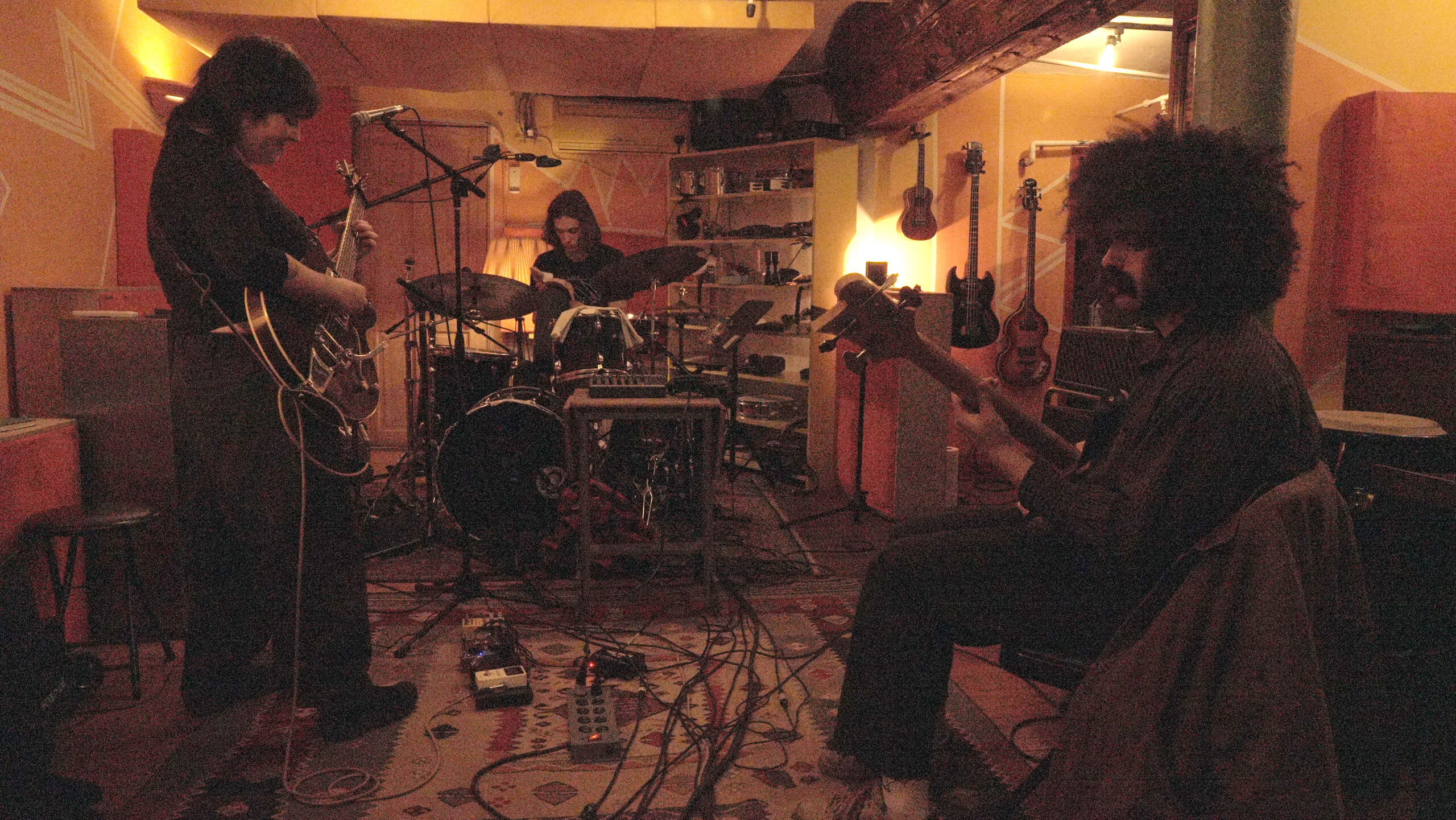Sotheby’s will be auctioning off 29 pieces of artwork from the foundation for William S. Paley that have been on long-term loan to The Museum of Modern Art this fall. The works for sale include pieces from Francis Bacon, Pierre-Auguste Renoir, and Auguste Rodin. A portion of the funds will be used to finance MoMA’s new investments in digital art.
This is the first time in at least half a century that works from the Paley collection will come to auction. According to the Wall Street Journal, the proceeds are expected to reach at least $70 million. Exactly how the money will expand the museum’s digital footprint is not yet public—but it may include the development of an online gallery platform, building new programs in the metaverse, or NFTs (non-fungible tokens).
This plan comes amidst a wave of digital art acquisitions from major cultural institutions. In June, Paris Hilton provided the Los Angeles County Museum of Art with a fund to acquire digital art by women. The Whitney Museum of American Art is continuously launching exhibitions on Artport, its online gallery space dedicated to new media projects. The Institute of Contemporary Arts in London showcases cyber art in an interactive page on their website.
Digital art is an umbrella term that encompasses video art, live streams, augmented reality, interactive web pages, NFTs, and any other artistic work that is created or presented using digital technology. MoMA has showcased video art for several decades, and hosted a Digital Art and Culture Symposium in 2003.
“Every brick-and-mortar art museum has a digital presence at this point,” says art reporter Zachary Small. “The problem is that most art institutions are about two decades behind artists on the technological vanguard.”
MoMA’s plan shows the potential future path of art institutions.
“[MoMA] is signaling that they are embracing this vanguard sort of next wave of what contemporary art is and could be” says Sarah Lichtman, Dean of the School of Art and Design History and Theory at Parsons School of Design. “They don’t really have a digital collection at MoMA.”
Digital art projects like the Whitney’s Artport are free, public access online experiences. Such new virtual platforms have the potential to expand art inclusivity and broad scope accessibility, which are vital principles of MoMA’s current curatorial practices. Open access websites can take art out of a selective sphere of art collectors and NYC museum patrons and bring it into new public spaces.
“Most museums are looking at the NFT bubble and realizing that, at the very least, it has shown public interest in digital art and a need to historically contextualize those practices in the traditions of computer art that have existed since the 1960s,” says Small.
What direction MoMA takes with the new funding from the Sotheby’s Paley Foundation sales—and the digital artists who they choose to support—may show how determined they are to champion a future with art for all.
Lichtman says that the museum, nearing its centennial anniversary and looking to remain at the forefront of modern art, asks of themselves, “how will MoMA transition into a 21st-century institution?”








Leave a Reply